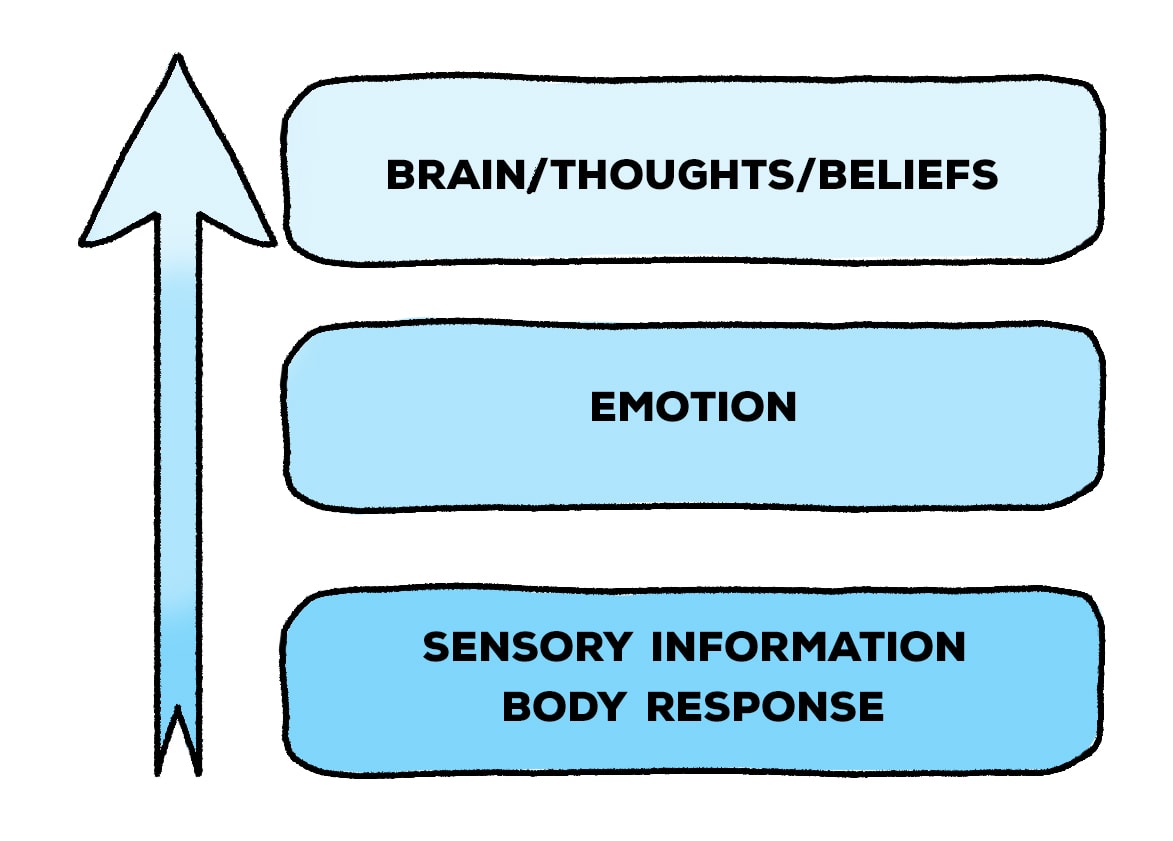Bottom-up processing is a form of processing of information in which stimuli are understood or interpreted beginning with the smallest of details and then moving to more complicated concepts. This differs from top-down processes where we create an overall impression of the environment and seek out evidence to support the hypothesis. A person looking at the city’s streets may first get the impression that it is noisy, chaotic, and crowded. To confirm this impression, they may seek out signs like crowds of people moving through, or noises emanating from nearby cars.

Because bottom-up processing tends to be more data-driven and analytical the process has been extensively investigated in relation to specific cognitive tasks, such as perception and memory. However, it is also able to be a significant factor in other areas of our lives, including decision making or creative pursuits such as art or design. When utilized strategically and in the right way, bottom-up processing can lead to more effective solution-finding and more insightful insights into complicated situations. Bottom-up processing despite having received a bad rap in academic circles, is extremely beneficial for understanding the world around us as well as the inner workings of our bodies.
The brain’s intricate functions lie the basis of every thought and action. This complicated organ plays a critical role in our ability to think, memory and mood. The brain’s function is affected by the bottom-up process. This is an extremely crucial mechanism. Bottom-up processing refers to how information is processed starting at the nerve cells’ individual level and moving up through interconnected neural pathways. This eventually impacts higher cognitive functions, like attention or perception. Research has demonstrated that this process may have profound effects on processes such as learning and memory. It could also be used to treat disorders like Alzheimer’s disease and schizophrenia. It is possible to unravel some of these mysteries by understanding the brain’s processes from the bottom. This will allow us to develop powerful new tools to improve healthcare and neuroscience.
Bottom-up processing is the way information is processed by the brain. In contrast to top-down processing, which is more focused on integrating prior knowledge and expectations into the learning process Bottom-up processing is based on the input of fresh and raw data. Bottom-up processing is an excellent way to master all levels of learners by focusing on specific elements of the learning process. This includes basic words and vocabulary, as well as complex concepts and concepts.
Bottom-up processing has one major advantage: it allows us to step back and examine each part of information we are exposed to. This allows us to remain in the loop and inspired to learn new concepts, improve existing ones, and identify possible areas for improvement. In addition, by highlighting how various elements of information are linked via logical chains or networks, this approach helps us see how different parts can be connected to make sense at a deeper level. Engaging in a bottom-up process could ultimately help us to become more proficient learners and more efficient communicaters.
For more information, click Practicalpie